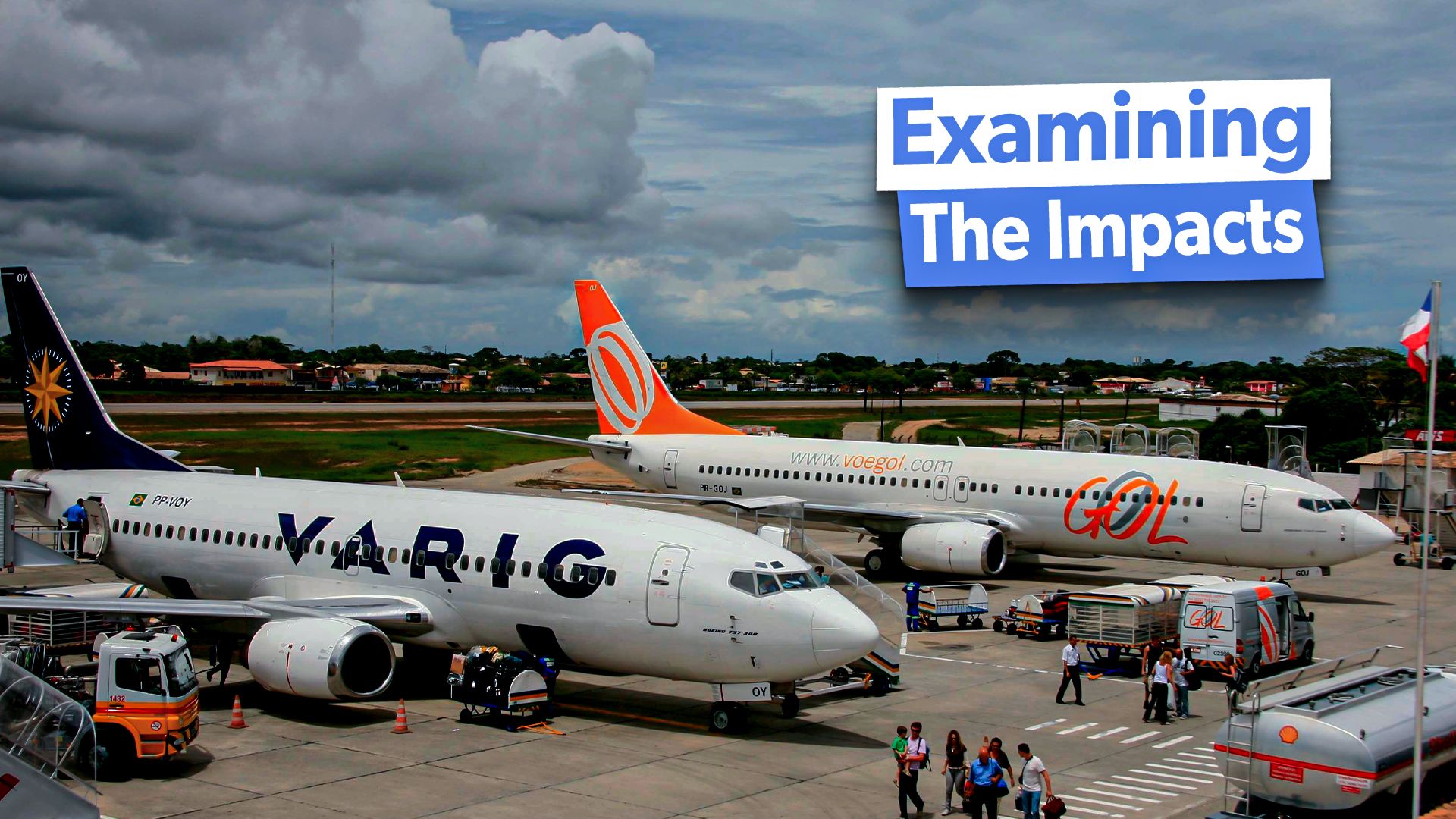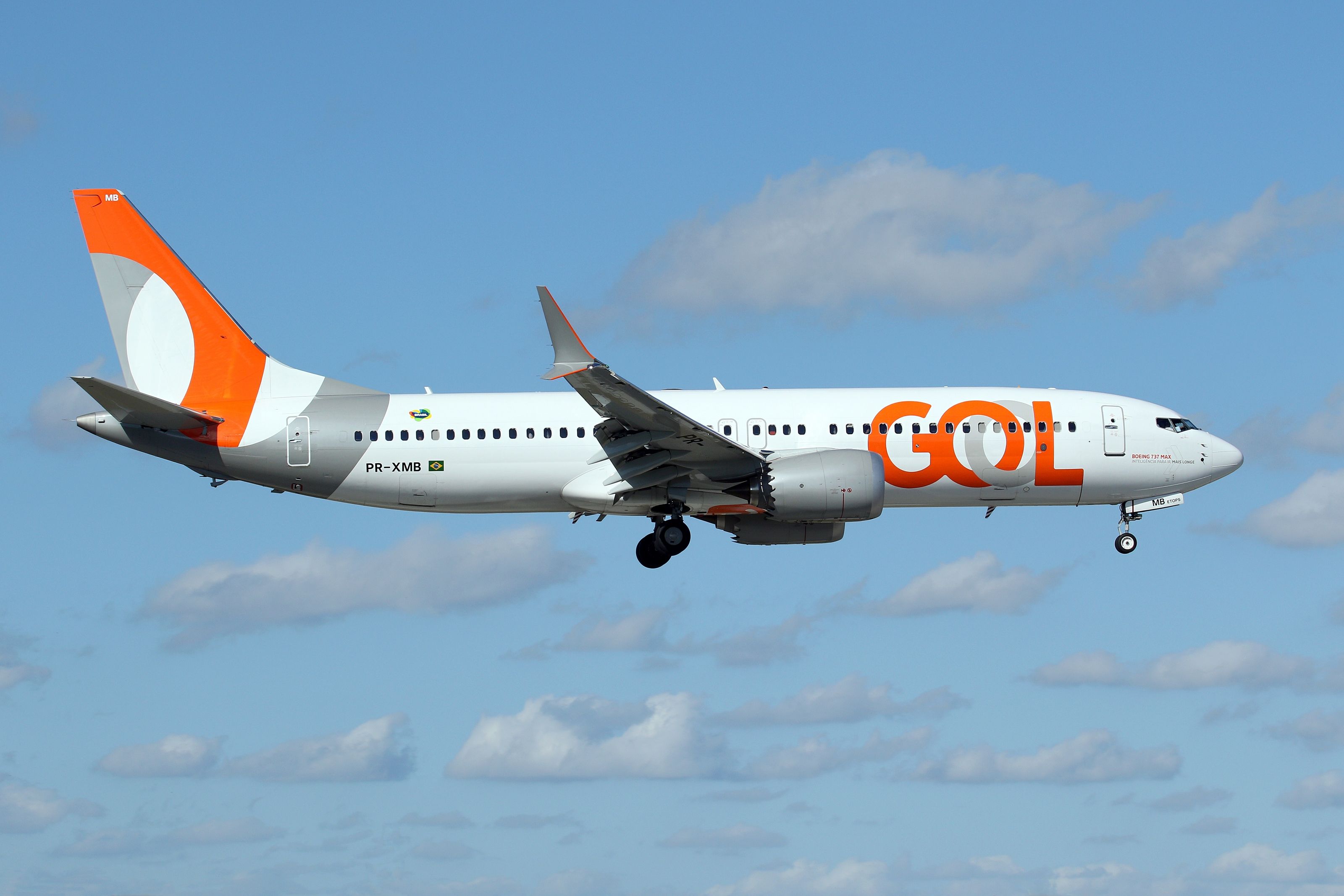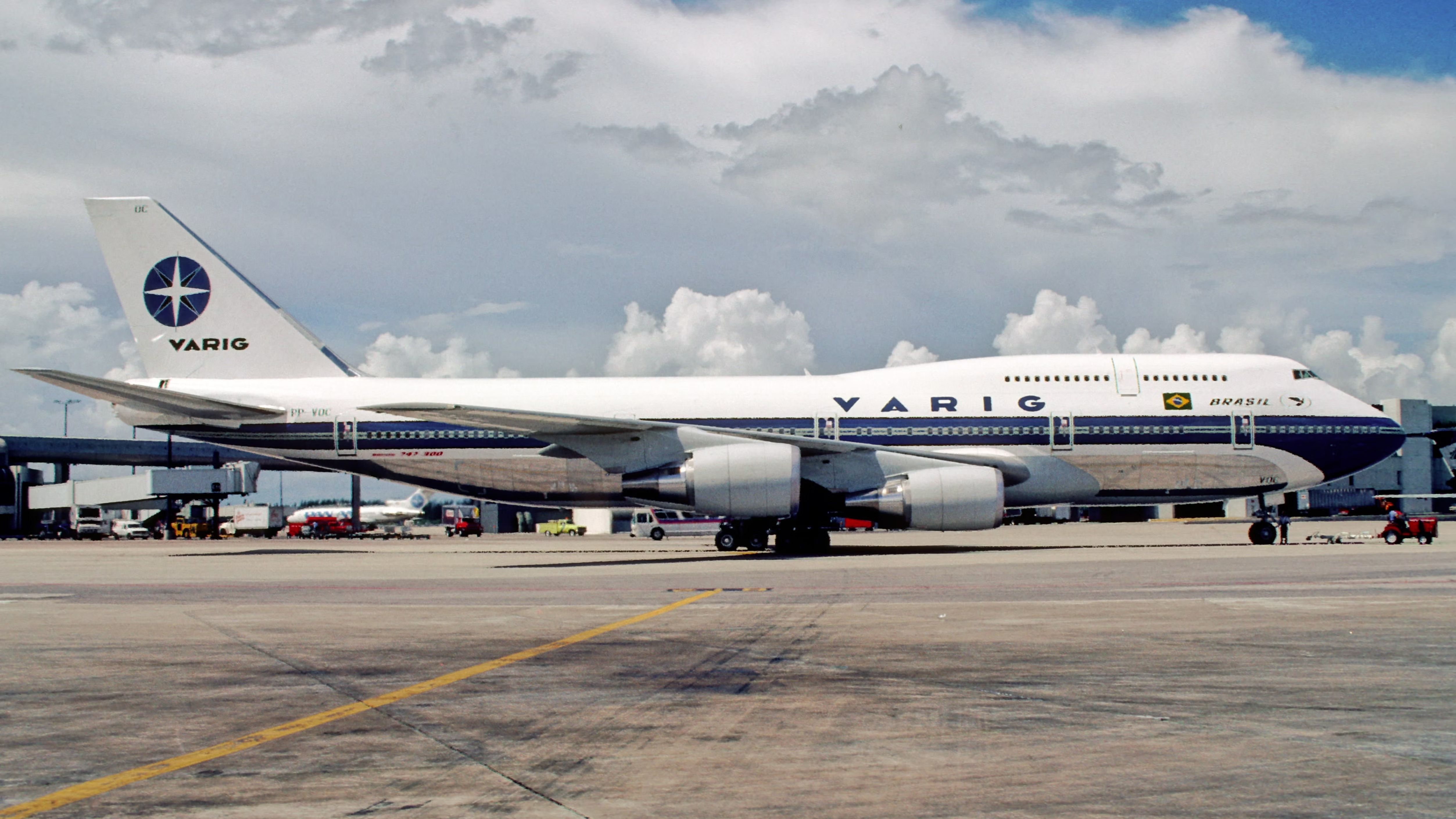Mergers and acquisitions in the aviation industry often tell the tale of one carrier that is in decline and another that is set to benefit significantly from the purchase. Throughout the past few decades, multiple airline mergers have taken place, which have fundamentally shifted the structure of major air markets, and others, which will go on to set a precedent for decades of management decisions to come.
One such event of this kind occurred in 2007 when Brazilian fledgling low-cost carrier
GOL decided to acquire what was left of the now-bankrupt VARIG, an acquisition that broke ground in several different ways. GOL Linhas Aereas Inteligentes, a budget airline based out of Rio de Janeiro, maintains the largest domestic and third-largest international passenger shares of any Brazilian airline today, despite filing for Chapter 11 bankruptcy in January of this year and having its stock removed from the New York Stock Exchange.
Photo: Kevin Porter | Shutterstock
Varig, the first international airline to operate in Brazil and the country’s de-facto flag carrier from 1965 up until 1990, was successful for over 80 years when it faced severe financial difficulties in 2006. The company had, for decades, found success as a full-service network carrier, but after years of mismanagement and weak financial performance, the carrier was split in half, and many of its key subsidiaries were sold off to private equity firms, hedge funds, and other airlines.
As a result, the crippled Varig was left with few routes to operate and no hope of profitability on the horizon, making it an ideal target for acquisition by GOL, a young airline with less than 5 years of operational life that was looking to grow. On March 28th, 2007, the final purchase of Varig was officially made, and GOL soon began the challenging process of incorporating the new airline into its fleet.
In March 2007, GOL completed its acquisition of Varig’s shell of a successor, VRG Linhas Aereas, for a total price of $320 million. GOL’s total purchase included $98 million in cash, alongside millions in non-voting shares for the remaining parent companies of Varig.
Trying to run two airlines from one boardroom
What was left of Varig was struggling at the time to properly launch operations and establish a network following the dissolution of the former flag carrier’s network, subsidiaries, and assets. Nonetheless, GOL made an interesting choice by not absorbing the Varig brand immediately into its operations, instead allowing it to continue operating on its own, but now with GOL flight numbers instead.
By 2009, GOL’s management had realized this two-carrier strategy was not working and began to consider fully integrating the two into one company. While Varig had previously maintained a network focused on medium-haul flights within South America and long-haul services to North America, the Caribbean, and across the Atlantic, GOL was a typical low-cost carrier that operated single-class services mostly with the Boeing 737.
Eventually, GOL was left with no other choice but to fully integrate the airlines
When merging the two airlines fully together, GOL had to overhaul the entire Varig fleet, equipping the planes with the carrier’s all-economy configuration. Around this time, GOL was still dealing with contractual obligations that required the carrier to subcontract some flight operations out to Flex Linhas Aereas, another airline that emerged following the dissolution of the former flag carrier. In 2010, however, when Flex Linhas Aereas filed for bankruptcy, GOL was freed to fully integrate Varig into its mainline operations.
In its early years, VRG Linhas Aereas still faced major financial challenges, which unsurprisingly resulted in high quarter-over-quarter losses. LAN Airlines, at one point, even offered a loan of over $17 million to the carrier in an attempt to acquire a stake that would help restructure the airline, according to Flight International. Nonetheless, the carrier did have short-lived plans to acquire more widebody aircraft, but these never saw the light of day as the carrier was eventually fully dismantled, and its remaining elements streamlined into the GOL network.
What’s the bigger picture here?
GOL was an incredibly successful airline in its early years, and there was no shortage of excitement when the airline launched its initial public offering (IPO) on the New York and São Paulo Stock Exchanges in 2004. The airline had found a niche in Brazilian aviation for serving low-cost routes effectively, but it had greater ambitions.
The carrier’s decision to acquire Varig came as a surprise to many observers within the aviation industry. In their 2016 book The Global Commercial Aviation Industry, Soren Eriksson and Harm-Jan Steinhuis described the bizarre nature of the move as follows:
“While it is common to see legacy carriers put together low-cost subsidiaries, GOL did a completely different move in 2007, when it acquired struggling Varig, one of Brazil’s four legacy carriers.”
This kind of acquisition poses far greater challenges than a merger in the reverse, where a legacy airline acquires a low-cost carrier. While full-service network airlines can leverage loyalty programs and existing distribution platforms to support a low-cost subsidiary, a young low-cost airline like GOL was likely ill-equipped to handle these kinds of challenges, with no such network to rely on. GOL would later go on to complete multiple high-profile acquisitions, including those of the following carriers:
- Webjet Linhas Aereas
- MAP Linhas Aereas
From a long-term standpoint, the GOL-Varig merger demonstrated the challenges of low-cost carriers absorbing legacy airlines in an attempt to move towards hybrid-carrier status. Successful case studies of existing in the space between low-cost and legacy airlines are few and far between and seldom come from acquisitions as opposed to organic enterprise growth.



